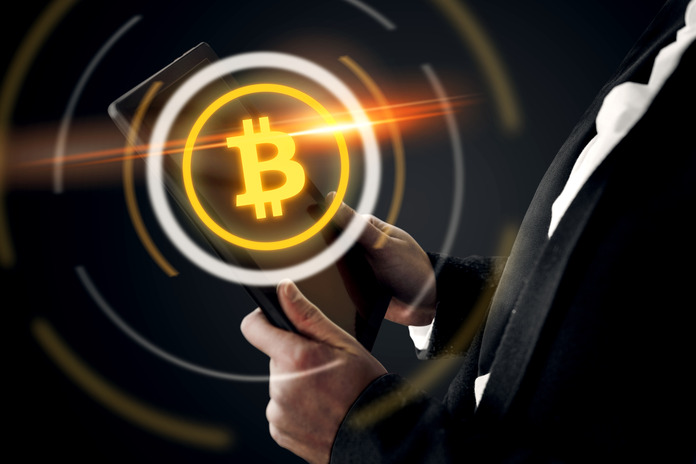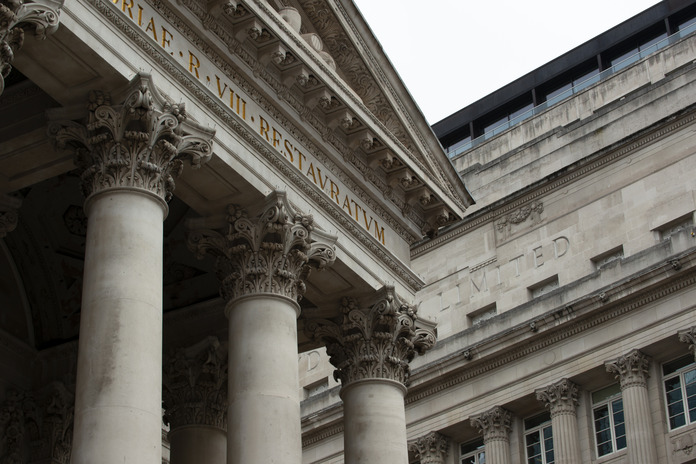Bitcoin Tops $66K as Cryptos Rally Amid Global IT Outage
This post was originally published on this site

Bitcoin continues to make headlines as it tops $66,000, leading a strong rally in the cryptocurrency market. The latest surge comes amid a significant global IT outage, which has affected several financial systems. Let’s explore how Bitcoin’s performance stands out during this rally and the impact of the IT outage on the broader cryptocurrency market.
Bitcoin Leads the Rally
Bitcoin (BTC) is once again in the spotlight as it reaches $66,000, demonstrating its resilience and market dominance. The surge in Bitcoin’s price is notable, especially considering the recent global IT outage that disrupted various financial systems. This outage has highlighted the decentralized nature of cryptocurrencies and their ability to operate independently of traditional financial infrastructures.
The recent rally has seen Bitcoin’s market cap soar, reinforcing its position as the leading cryptocurrency. Investors and analysts are closely watching Bitcoin’s movements, anticipating further gains as the market responds to ongoing technological and economic developments.
Altcoins Follow Bitcoin’s Lead
Solana (SOL) has been a standout performer among altcoins during this rally. Solana’s price has surged significantly, making it one of the top gainers in the altcoin market. The robust performance of Solana can be attributed to its innovative blockchain technology and increasing adoption in decentralized finance (DeFi) and non-fungible tokens (NFTs).
Other altcoins such as Ethereum (ETH), Cardano (ADA), and Binance Coin (BNB) have also seen substantial gains. Ethereum’s network upgrades and its pivotal role in DeFi continue to drive its value, while Cardano’s advancements in smart contracts have bolstered its position. Binance Coin benefits from the growing popularity of the Binance exchange and its comprehensive ecosystem.
Impact of the Global IT Outage
The global IT outage has had far-reaching effects, causing disruptions in various financial services. This incident has underscored the vulnerabilities in centralized financial systems and the need for more resilient and decentralized solutions. Cryptocurrencies, with their decentralized networks, have proven their robustness during such crises.
Bitcoin’s rally amid the outage is a testament to its decentralized nature and the trust investors place in it as a store of value and a hedge against traditional financial uncertainties. The incident has also sparked discussions about the future of financial infrastructures and the potential role of blockchain technology in creating more resilient systems.
Future Outlook for Bitcoin and Cryptos
The recent surge in Bitcoin and the broader cryptocurrency market is seen as a bullish signal by many analysts. The resilience shown by Bitcoin amid the global IT outage has strengthened its position as a safe-haven asset. Moreover, the growing institutional interest and adoption of cryptocurrencies are expected to drive further growth.
Investors are optimistic about the future of Bitcoin, with many predicting it could reach new all-time highs in the coming months. The integration of Bitcoin into mainstream financial systems, increasing regulatory clarity, and the development of new financial products tied to Bitcoin are all factors that could contribute to its continued ascent.
Altcoins, particularly those with strong use cases and technological advancements, are also expected to benefit from the overall positive sentiment in the market. Projects like Solana, Ethereum, and Cardano are likely to see continued growth as they expand their ecosystems and attract more users.
Conclusion
Bitcoin’s recent rally to $66,000 amid a global IT outage underscores its resilience and the increasing confidence investors have in decentralized digital assets. The performance of Bitcoin and other leading cryptocurrencies like Solana, Ethereum, and Cardano highlights the growing importance of blockchain technology and decentralized finance in the modern financial landscape. As the market evolves, the focus on security, innovation, and adoption will drive the next wave of growth in the cryptocurrency space.
Featured Image: Freepik © freepik







